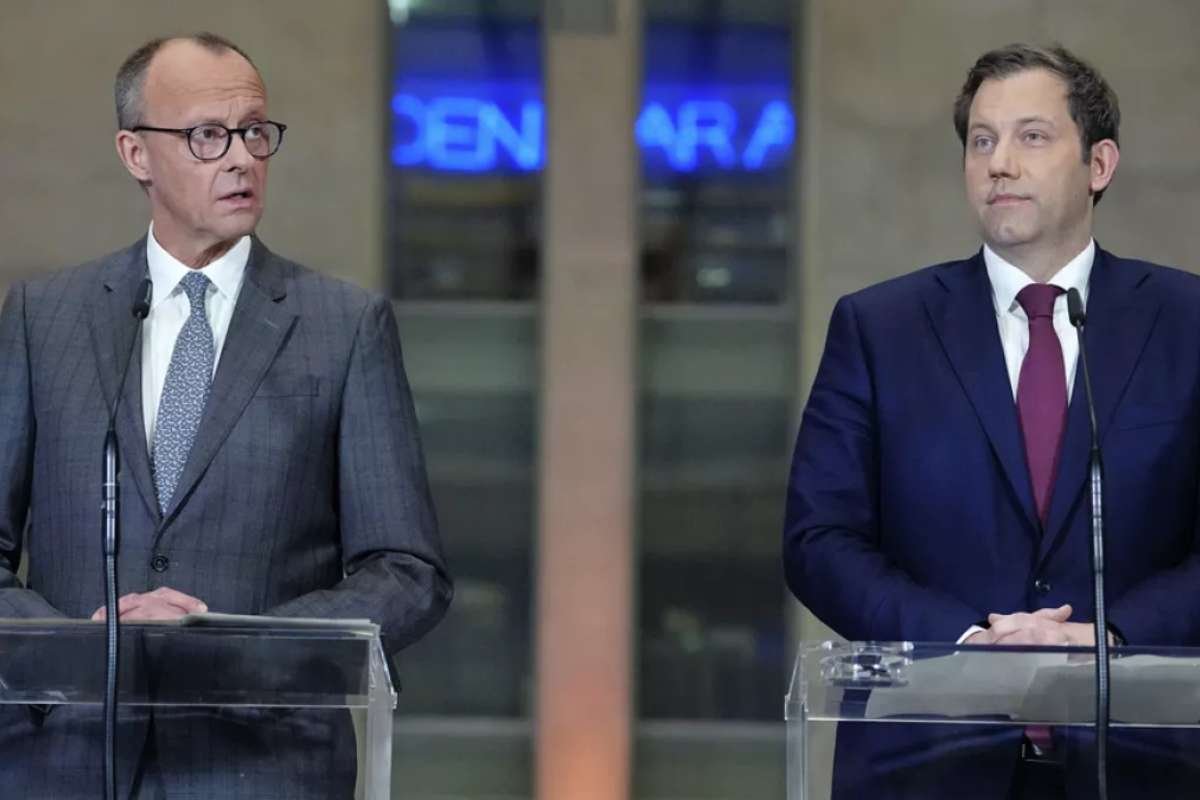Historic Investment Initiative Set to Transform Infrastructure and Defense
Germany is preparing for its most extensive economic stimulus since reunification, with a new spending plan aimed at revitalizing infrastructure and boosting defense capabilities. The proposal, backed by the incoming leadership and key coalition partners, includes a €500 billion investment fund over the next decade. This ambitious plan is expected to unlock up to €1 trillion in additional borrowing, amounting to more than a fifth of Germany’s total economic output.
Economists see this move as a pivotal shift from decades of fiscal conservatism. The proposal, which requires parliamentary approval, seeks to bypass stringent debt restrictions, allowing increased government borrowing for defense and infrastructure projects. Experts believe this could drive Germany’s debt-to-GDP ratio from 63% to 84%, a level reminiscent of the post-reunification economic surge in the 1990s. Analysts argue that this financial expansion could significantly enhance military readiness and economic growth.
Overcoming Decades of Fiscal Restraint
Germany’s fiscal policies have long emphasized restraint, a strategy that has led to underinvestment in key infrastructure sectors. Since the country’s reunification, debt levels initially surged as public funds were directed toward modernizing the former East Germany. However, strict borrowing limits introduced in 2009, known as the “debt brake,” severely restricted government spending, capping new debt at just 0.35% of GDP. These constraints contributed to chronic issues, including unreliable public transport and deteriorating infrastructure.
The new spending plan seeks to circumvent these restrictions by allowing excess borrowing beyond 1% of GDP for defense purposes. Financial analysts predict that this policy could propel defense spending to as much as 3.5% of GDP by 2027, significantly higher than previous levels. The initiative comes amid shifting geopolitical dynamics, prompting Germany to enhance its military capabilities to address emerging security concerns. While borrowing costs have spiked in response to the policy shift, experts remain optimistic that the economic benefits will outweigh the financial risks.
Economic Impacts and Industry Reactions
The announcement has already triggered positive market responses, particularly among key German industries. Defense companies such as Rheinmetall and Thyssenkrupp saw their stock values rise sharply following the policy declaration, reflecting investor confidence in the sector’s expansion. Similarly, infrastructure-related firms, including Heidelberg Materials and construction giant Hochtief, experienced significant gains as markets anticipated a surge in public investments.
Beyond immediate market reactions, the stimulus plan is expected to reinvigorate Germany’s broader economy, which has struggled with stagnation in recent years. Economists project a potential GDP growth rate of 2% by 2026, doubling previous forecasts. Infrastructure investments, including a €53 billion package for railway upgrades, are expected to generate immediate economic activity, while long-term defense expenditures could foster innovation and technological advancements.
However, some experts caution that the new spending plan alone may not resolve all economic challenges. Structural issues such as high energy costs, global competition, and an aging workforce remain significant concerns. While many analysts are optimistic about the initiative’s potential, others warn that external risks, including geopolitical tensions and trade disputes, could influence Germany’s economic trajectory in the coming years.









